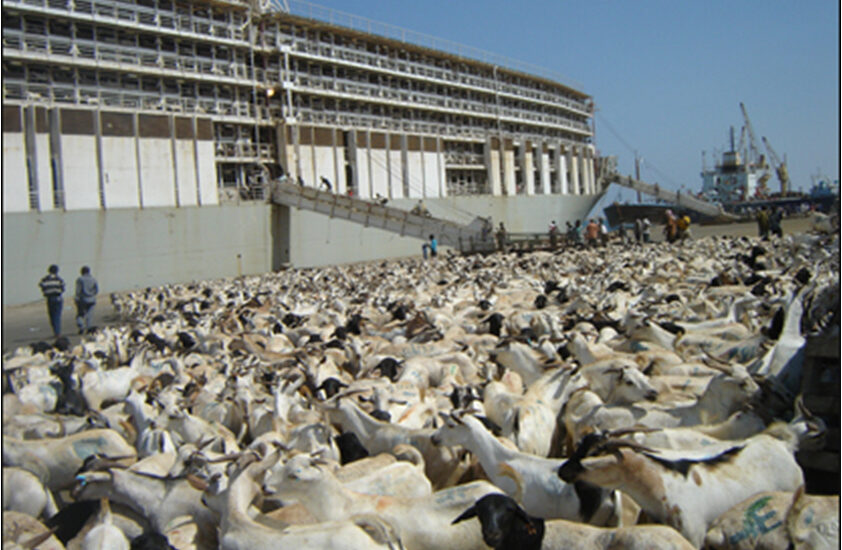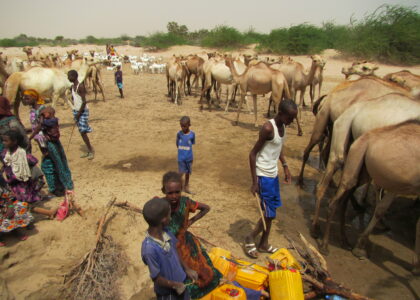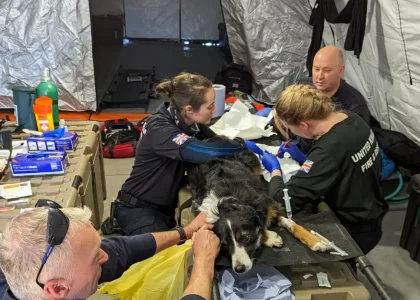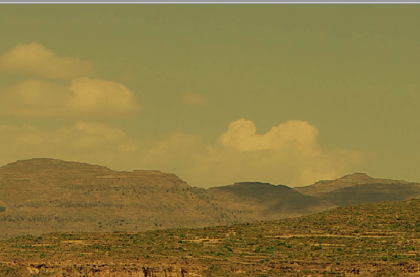By Jennifer Eddis
The celebrations for International Women’s day this month were an important reminder of the gendered dimensions of rural livelihoods, and Pastoralism has been used as an effective entry point to address gender equality and empowerment.
Recently there has been a rise in interest to go beyond the many challenges that face pastoralism to start looking at the potential that Pastoralism holds for improving food security and maintaining sustainable food systems.
Pastoralist communities face many challenges to their livelihoods, including poor access to health and educational services. Their mobility can prove as an obstacle for enrolments and registrations. Sedentarisation is a growing phenomenon that is changing the social fabric of these communities. With these changes new challenges arise such as the loss of livestock and the need to find alternative cash incomes for sedentary living. Although many feel the benefits of sedentary lifestyles, including better access to schools and clinics, others worry that age-long traditions, knowledge and skills of the nomadic people will be lost.
Pastoralism has also been marginalised from national development agendas due to the mobile nature of the livelihoods, ‘unconventional’ and often misunderstood, livelihood strategies. A key problem is that in many countries, the structure of social service systems are designed for a certain norm which in many cases does not consider the livelihoods of nomadic people and their livestock. The underlying issue is that mobility is not yet widely accepted as a livelihood strategy.
Despite these many challenges, it is becoming clear that Pastoralism holds great potential for addressing food insecurity in some of the driest and most hostile regions of the planet. Even the Economist quoted an official of the Ethiopian Agricultural Transformation Agency as saying that Ethiopia could become self-sufficient in food in under five years, in large part due to its biggest livestock population in Africa; the majority of this livestock is managed by Pastoral communities.
The celebrations for International Women’s day this month were an important reminder of the gendered dimensions of rural livelihoods, and Pastoralism has been used as an effective entry point to address gender equality and empowerment. It has been recognised that Pastoralist women face particular challenges, including lack of economic and political capital, and poor access to ante-natal and maternal healthcare. Female genital mutilation and other harmful practices are still prevalent in regions such as the Horn of Africa, and the effects of climate change are also increasing the burden on women. For example, often women are most affected by the need for more time for grazing animals, gathering water and fuel sources, and more frequent moving of homesteads.
Women Pastoralists are coming together to address and overcome some of the challenges at the local level (through the formulation of cooperatives) as well as the global level (such as The first Global Gathering of Women Pastoralists was held in India in 2010 sponsored by IFAD).
A recent article on the Guardian website highlighted the nutritional and economic potential of camel milk, a traditional and well established commodity of the nomadic people of East Africa. The health benefits of camel’s milk have been recognised by the Food and Agriculture Organisation (FAO), amongst other things for being naturally semi-skimmed and having thrice the amount of vitamin C as cow’s milk. As noted in the article in the Guardian, there are also economic benefits, as the FAO estimated that the monetary value of the camel milk trade could be worth up to $10 billion at the international level. This is sparking calls for the need to strengthen the livestock trade in these areas and to link pastoralists to wider markets.
Although generally men own the animals it is often the women who are responsible for the milk and its by-products. More and more women are getting together to form cooperatives to valorise trading of pastoralist commodities across East Africa. By pooling resources and responsibilities to support each other, women cooperatives are innovating and pioneering these trades.
As we can see from this example and countless other stories, pastoralist livelihoods are not merely vulnerable or obsolete ways of life, but are highly valuable both to maintain sustainable food systems in arid areas and have an important social and cultural heritage. Discussions about Pastoralism are also creating opportunities to discuss gender empowerment and the strengthening of rural mobile communities rather than their fragmentation. We can see that it is important not only to protect pastoralist livelihoods, but to respect and support them for the benefits they can bring for future generations in terms of socio-economic empowerment and for sustainable food systems.
For more readings:
Economist Magazine, March 2-8th edition, Africa Special Report





